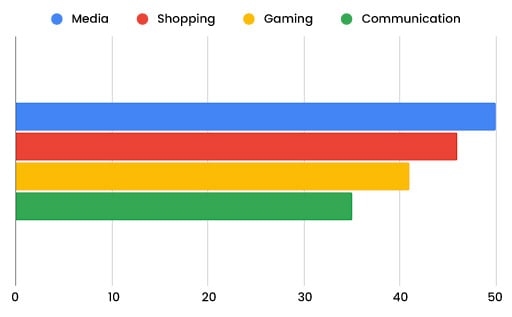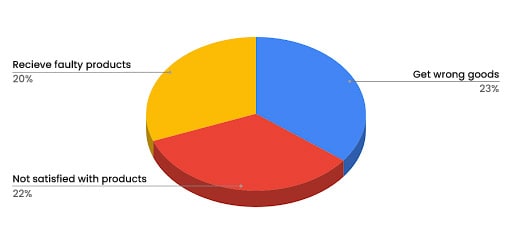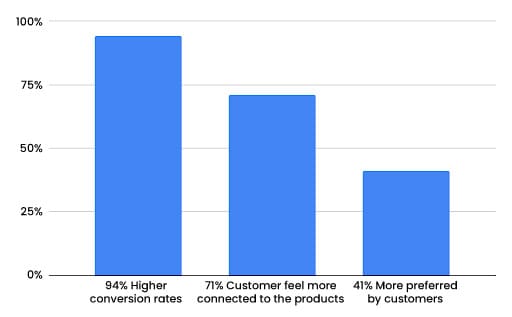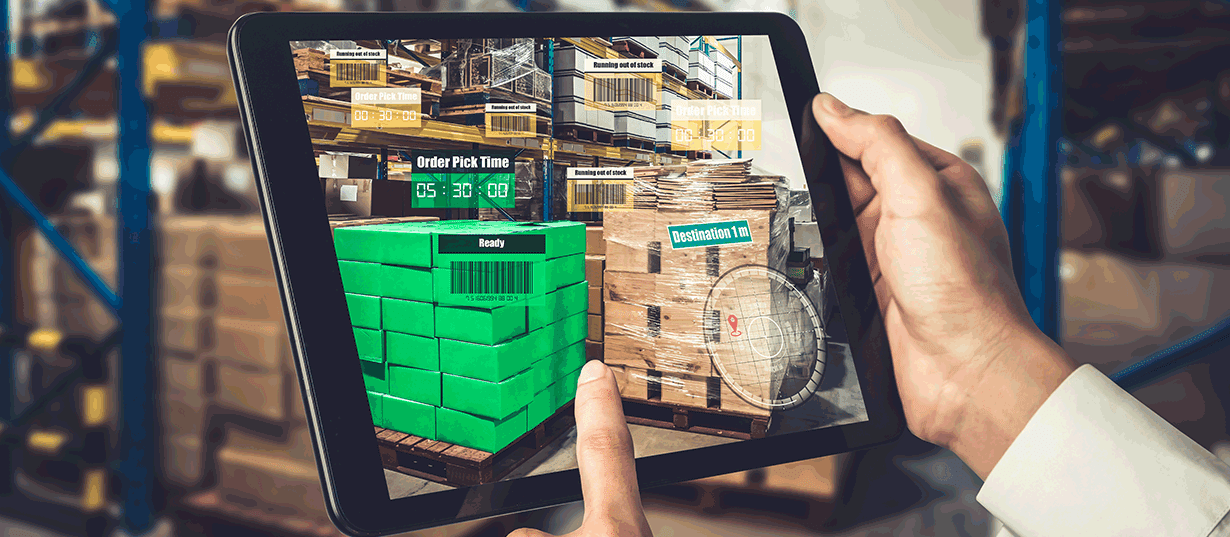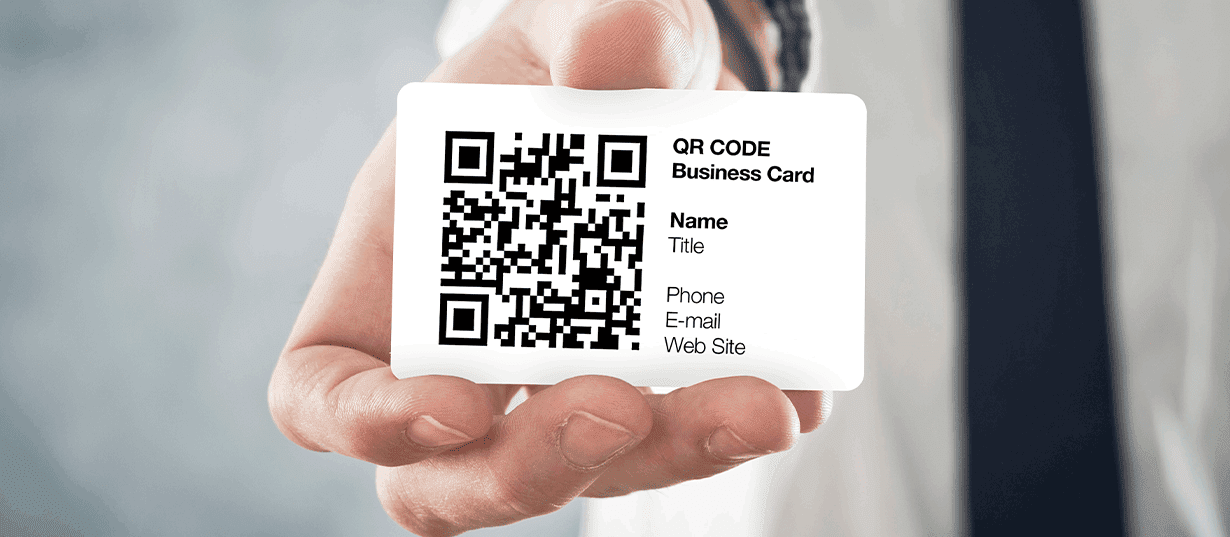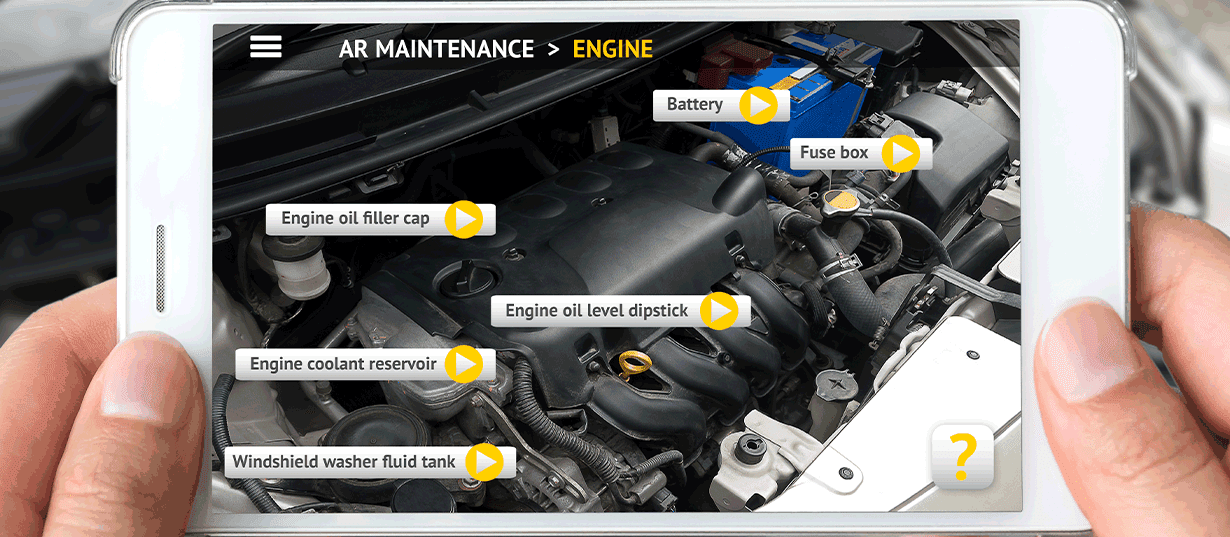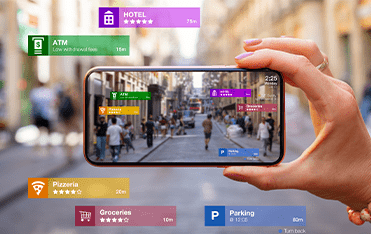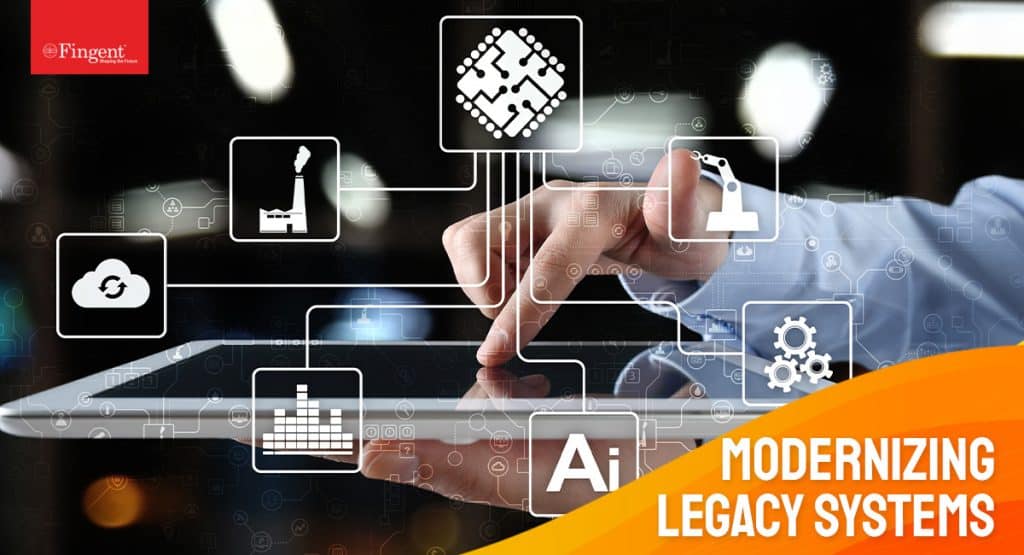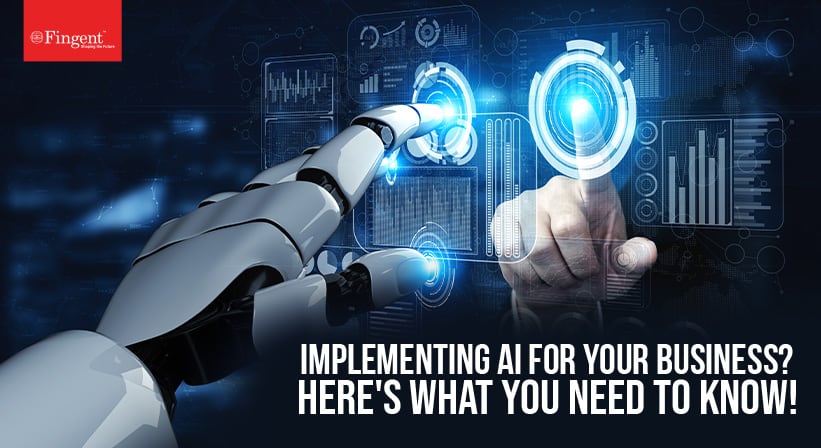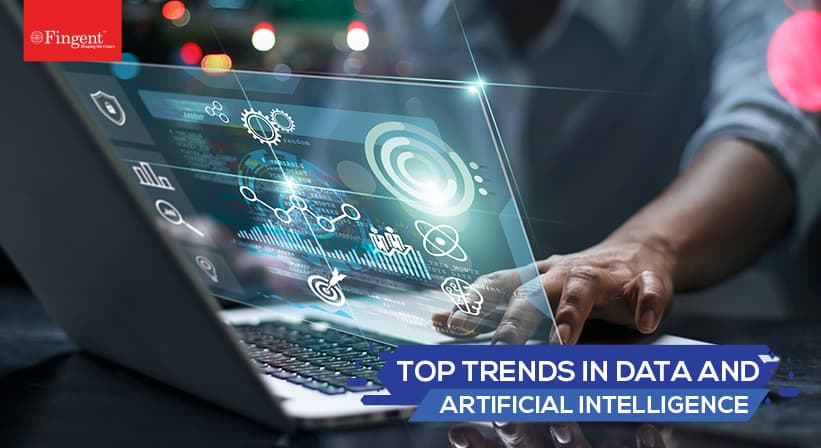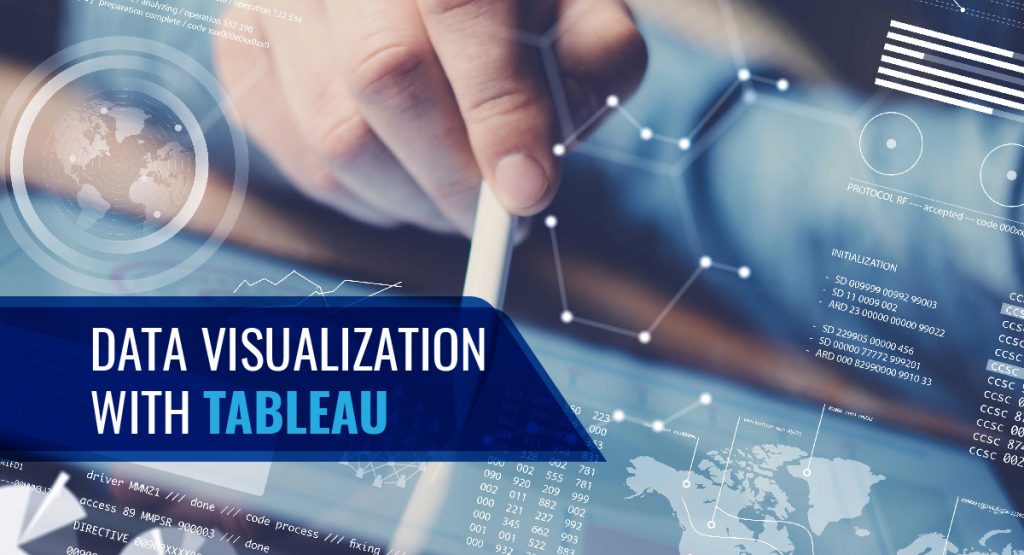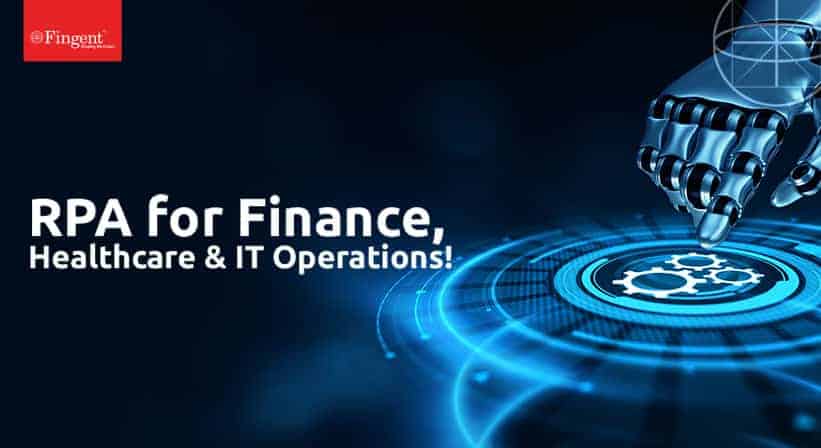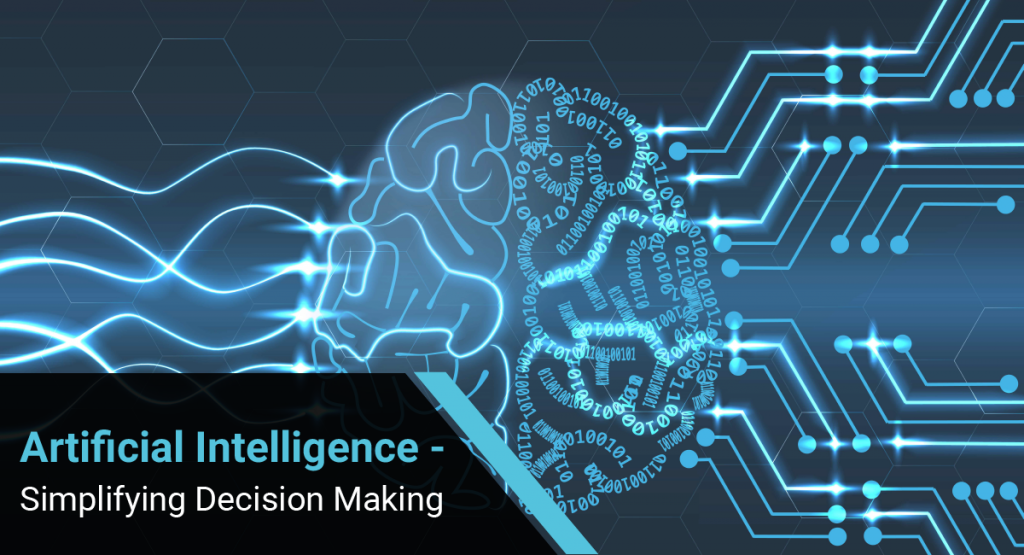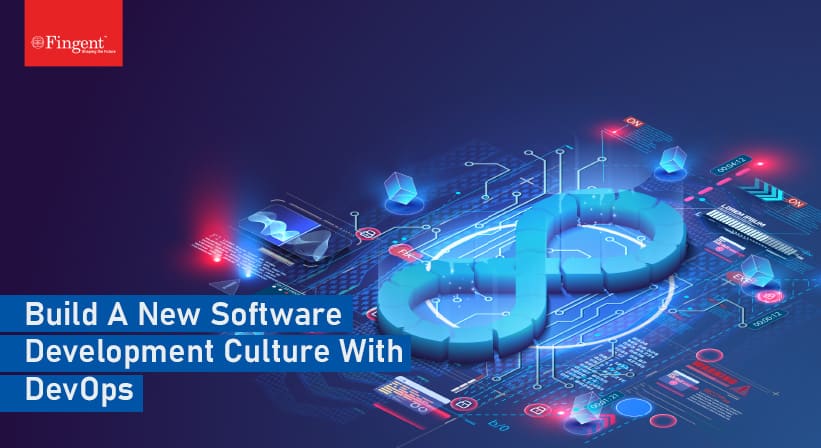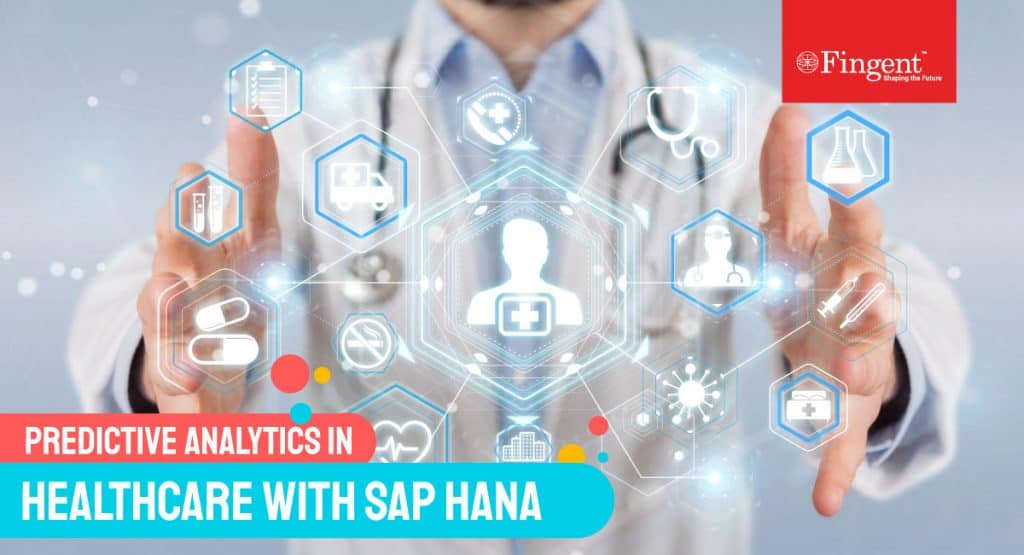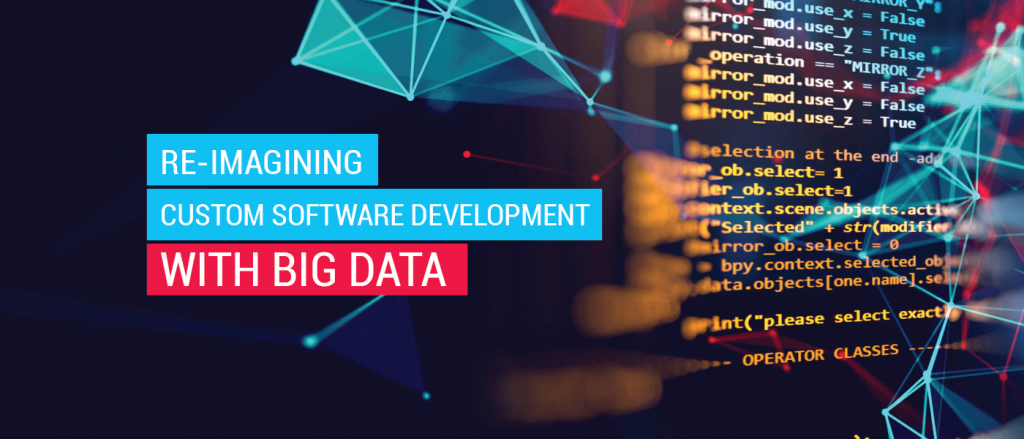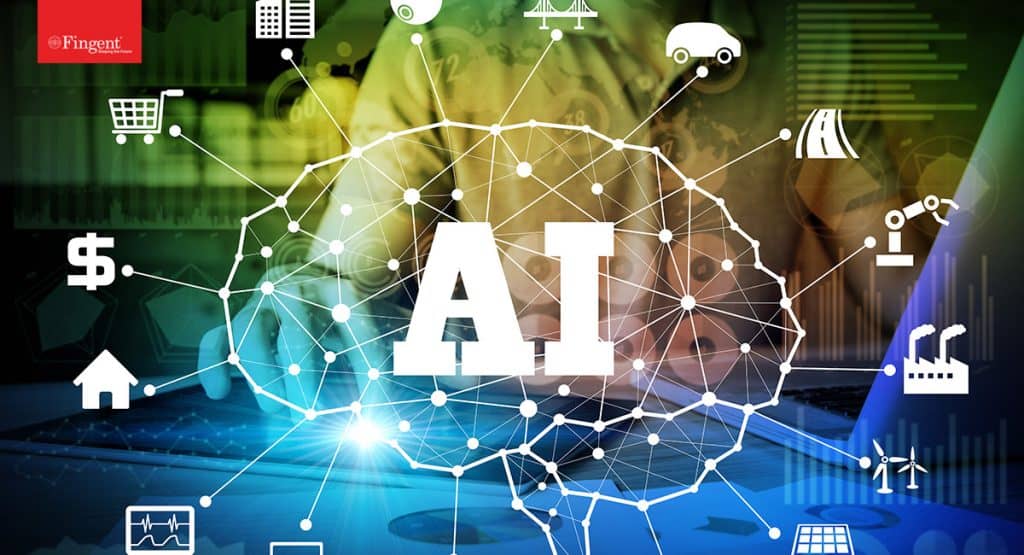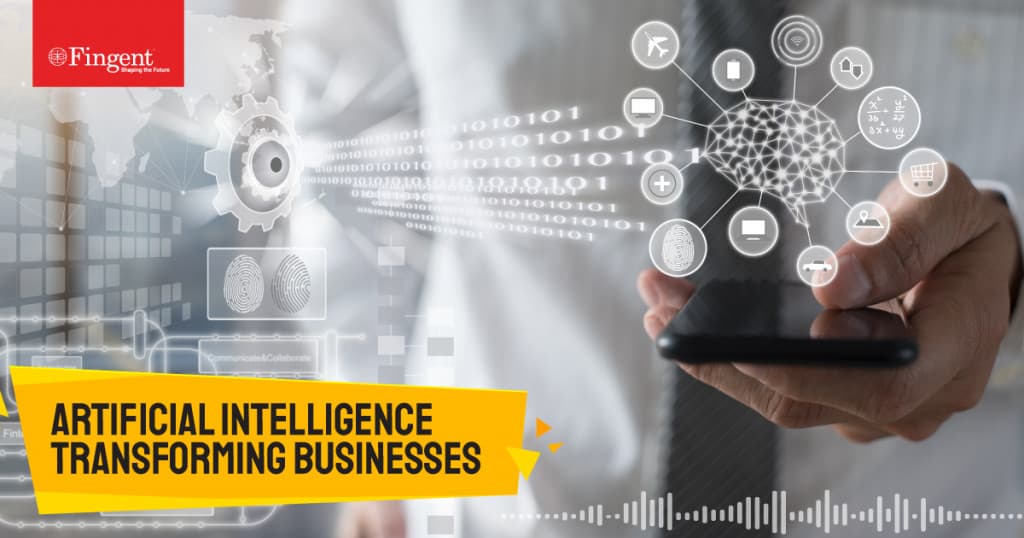Retail is one of the most data-reliant industries globally. Inventory databases, customer details, POS systems, websites, social media data, and so much more provide rich data. However, to drive success, all this data must be converted into a dynamic, revenue-generating, and business-transforming asset. That’s where Retail Business Intelligence steps in!
Business Intelligence (BI) is especially prominent in customer service and inventory management. BI helps you organize, analyze, and contextualize business data in retail. It also offers performance measures and company trends, which help business owners make informed decisions. That is pure gold in today’s business environment.
Learn how Business Intelligence can transform your retail business in this 3-minute read!
Power Your Retail Operations With Intelligent Technologies.
Explore Our Industry Specific Solutions Now!
What is Retail Business Intelligence?
Business intelligence is a type of AI that specializes in business functions. It helps users organize and manage businesses in a more efficient manner. In the retail industry, BI takes the big stage. Its superpower is the ability to automate almost any task. Retail BI has revolutionized the standard of business operations and customer satisfaction. These solutions can optimize assortments, sales trends, marketing campaigns, and more.
Currently, retail stores are also implementing BI and advanced algorithms. After all, a satisfied customer is the best business strategy. The BI solution can analyze demographic data, social media behavior, and purchase patterns. Using this information can enhance the customer experience. This creates a unique and personalized service, paving the way to customer retention and loyalty.
What are the Top Benefits of Using Retail Business Intelligence?
The worldwide BI and business analytics software market will reach nearly 17.6 billion dollars in 2024. There is a good reason for that. Business Intelligence powers business operations with valuable customer insights, optimized inventory management, and boosts marketing strategies. Listed below are the prime advantages of retail business intelligence:
1. Improves Business Operations
Optimization of business operations is the primary benefit of business intelligence in retail. It keeps a consistent record of everything happening within the company. This ensures that there are no errors due to an oversight of details or information. This is best seen in its ability to optimize the company’s inventory.
Retailers can use data analytics to process sales data on product demand. This allows them to make appropriate forecasts and predict upcoming trends. Furthermore, optimizing inventory management also involves preventing overstocking. This reduces inventory costs and enhances order management.
2. A Better Understanding of Customer Behavior
Machine learning learns from previous data to make accurate predictions. ML, as a subpart of business intelligence, enables retailers to study their customers. It collects information about the customers’ shopping habits and social media patterns. This data is vital to enhancing CX (Customer Experience) and optimizing marketing initiatives. Retailers can also use data analytics to create services that meet customer expectations. Analytics can help marketers draft customer progress maps, further providing insights about how to connect with the customer.
Let’s take a look at – How does Walmart use business intelligence?
Walmart being the industry giant, derives data from varied sources. The organization uses BI to analyze customer data derived from online transactions, in-store purchases, events, and more to drive intelligent insights. These intelligent insights reflect customer behavior, shopping patterns, and upcoming and fading trends. Such rich data can help determine the correlation between customers and various products, giving them more power to decide the shelf life of each product. Now they can effectively manage inventory, improve customer experience, and boost brand value, all while driving more revenue.
3. Helps Optimize Inventory Management
Inventory management includes storehouse activities related to product handling. Retailers face a variety of issues in this department. The issues range from tracking to overstocking. Investing in data analytics can help retailers deal with inventory management. These systems can maintain optimal stock levels and decrease inventory costs.
BI allows retailers to categorize their merchandise based on selective inventory control (SIC), which is also called ABC analysis. Here, BI analytics shows retailers the products that generate the most revenue. It segregates the inventory into three levels: A, B, and C. Level A is the most valuable, and level C is the least valuable.
4. Improved Merchandising
Business intelligence analytics can also recognize underperforming items. Using this information, retailers can optimize their product stock, which encourages them to find creative ways to promote these products. They can also opt to bring in new trending items and phase out stagnated inventory. BI can also categorize customers based on their sales patterns, which enables retailers to target promotions and pricing strategies.
5. Helps Optimize Store Floor Plans
Shopping can be a daunting process on its own. With the added hassle of unorganized floor plans, it becomes a nightmare. An ideal floor plan should help shoppers find products. It should also market new trending items to promote products. BI software can help business owners design a smooth floor plan. BI analytics works through various data sets and recommends insights. This determines if the selected floor plan has enough product types displayed etc. A good floor plan will make the customer’s shopping experience effortless.
Drive Industry Success with Intelligent Data Now!
6. Target Marketing
Marketing has recently become intensively data-driven. This is due to so many social media tools and marketing platforms. To stand out from all the competition, businesses need to have a strategy in place. They should have access to useful insights into consumers’ purchase patterns.
With BI analytics, companies can gain impactful insights into their customers’ preferences. These insights further enable them to make smart marketing campaigns. This also promotes the right merchandise on the appropriate platforms. This way, retailers can use business intelligence insights to make their company strategies more effective.
Here’s a perfect case study. How does Amazon use business intelligence to improve customer experience?
Amazon uses business intelligence to segment customers based on demographics, purchase preferences, and browsing history. This helps them better understand their customers’ purchase patterns, choices, and trends, which powers their marketing strategies. Each of their marketing campaigns is, thus, personalized to target the segmented groups, in turn boosting customer trust, personalization, brand value, and sales.
7. Boosts Efficiency in the Supply Chain
Efficiency is the most important base in the retail sector. Like cogs in a machine, every business department needs to work in sync. This is the only way to meet optimal efficiency in supply chain management.
Real-time business intelligence provides top-notch tracking capabilities for supply chain operations. This allows retailers to recognize congestion and enhance logistics. Retailers can streamline supply chain processes and cut costs by running deep analyses. They can optimize inventory management, production procedures, and transportation data. All this is possible through the implementation of Power BI.
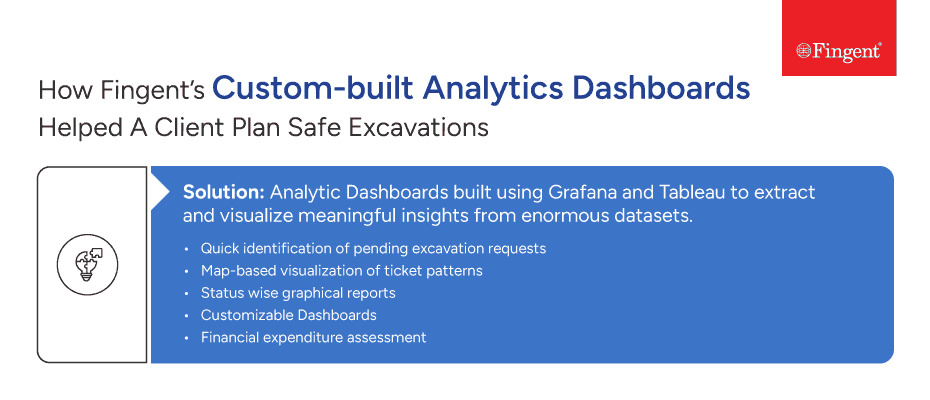
How to Transform your Retail Operations with Business Intelligence?
From improving operations and marketing to enhancing supply chain efficiency, retailers are using Business Intelligence in many innovative ways. They are also using BI to analyze market trends, track competition, and create targeted advertising campaigns, ensuring a competitive edge in the market. Here are some ways in which the retail industry uses Retail Business Intelligence.
1. Analyzing Venue Performance
Staying in touch with the floor is important. Retail BI analysis enables store owners to track floor functions. They can track foot traffic and use it to make many decisions. Metrics such as opening hours and site selection based on foot traffic are very useful.
Case in point: Lowe’s uses predictive analytics to deliver services to individual zip codes. This way, the right store gets the right type and amount of product.
BI stretches until rent negotiations. It gives insights into a center’s visitation. This includes data such as foot traffic and cross-shopping. A shopping center operator can use this technology to justify a rent increase.
2. Identifying Broader Market Trends
Foot traffic is also used to assess the local demand for products.
Case in point: Retail BI can analyze the regional markets to analyze the potential for new launches. A manager could use BI to analyze the relative performance of previous stores. They can then choose the right location for a new store.
3. Keeping Tabs on the Competition
The world of retail is very competitive. Keep an eye on your competitor and their performance. Compare your progress to theirs to help forecast future growth. Conduct a SWOT (Strengths, Weaknesses, Opportunities, and Threats) analysis if needed. It will reveal areas that need improvement. This will also help with budgeting and improve productivity.
4. Quantifying Cannibalization Risks
Location intelligence helps retailers reveal the physical reach of each store. These enable the store owners to decide where to set up the new store and where to reduce the store fleet.
Case in point: It can be used to optimize store performance by relocating it. Data analysis can show you the competition around you. It can also provide insights on better demographic fits for your establishment. In one case, relocation significantly improved business for a retail chain.
5. Creating Targeted Campaigns
Retaining customers and attracting new customers is the lifeblood of retail. BI helps by assessing customer information and providing insights for advertising campaigns. Foot traffic analytics applied to demographic datasets can also provide advertising insights. Businesses can use this power to create more bottleneck stores.
Case in point: Starbucks uses retail business intelligence software to promote products. The company lures customers into the stores with targeted advertisements. They have found a way to keep the existing customers loyal. They attract new customers simultaneously.
Power Your Enterprise With Fact-base Decision Intelligence
Explore Our Services Now!
How can Fingent Help Drive More Success in Retail with BI?
Using cutting-edge technology, Fingent ensures the best outcomes for your retail business. These technologies include machine learning, data analytics, and predictive analytics. Experts at Fingent can create a solution that will help your business make intelligent and well-informed decisions.
Here’s an example of how Fingent developed a top-notch solution for one of the leading retail enterprises. The solution tracks a customer’s digital journey across many milestones and delivers augmented experience insights. We have also created solutions for clients that can convert data sets into visual representations and automate data input procedures. Take a look at the complete case study.
Business Intelligence is revolutionizing the retail industry. Not embracing it will keep you behind! Give us a call, and let’s discuss how to make your retail business intelligent!
















